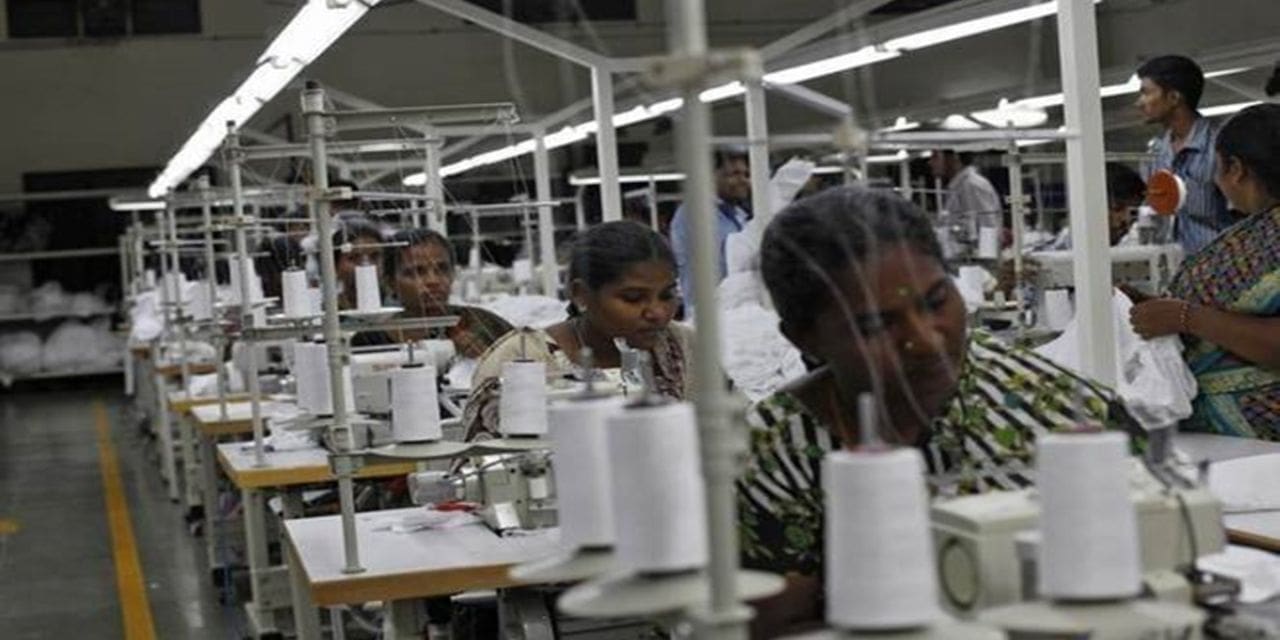India’s goal to double the size of its domestic technical textiles industry to $40 billion by 2024 is likely to fall well short for a number of reasons, including a lack of R&D and innovation.
Although the sector saw strong yearly growth of 8–12% in recent years, its value in FY22 was just $21.95 billion.
Ashwin Thakkar, vice-president of the Textile Association of India, claims that the nation falls behind in the production of high-performance fibres, which are utilised in practically every manufacturing industry, including the healthcare industry. The majority of India’s high-performance fibre needs are imported. We’re performing better than Vietnam, South Korea, and Taiwan,” he remarked.
The future of the textile industry would be greatly impacted by the current research being done on technical textiles, according to PP Raichurkar, director of MANTRA, an independent textile research organisation based in Surat. The textile business will soon be dominated by the demand for medicinal, biodegradable, industrial, sports, healthcare, automobile, and housing materials.
The production of specialised textiles and clothing using technologically altered natural and synthetic fibres is essentially what the technical textile industry is known for. Fabric with more tenacity, superior insulation, and enhanced thermal resistance are produced by the industry. The healthcare, automotive, housing, and security industries all make substantial use of these new generation materials, which also include nomex, kevlar, and spandex.
A recent report by the textile ministry states that the market for technical textiles was valued at $260 billion globally in 2020 and is predicted to reach $300 billion by 2025. New application areas include cutting-edge R&D, climate change, practical physical qualities of technical textiles, and the switch from natural to synthetic fibres will be the industry’s driving forces.

